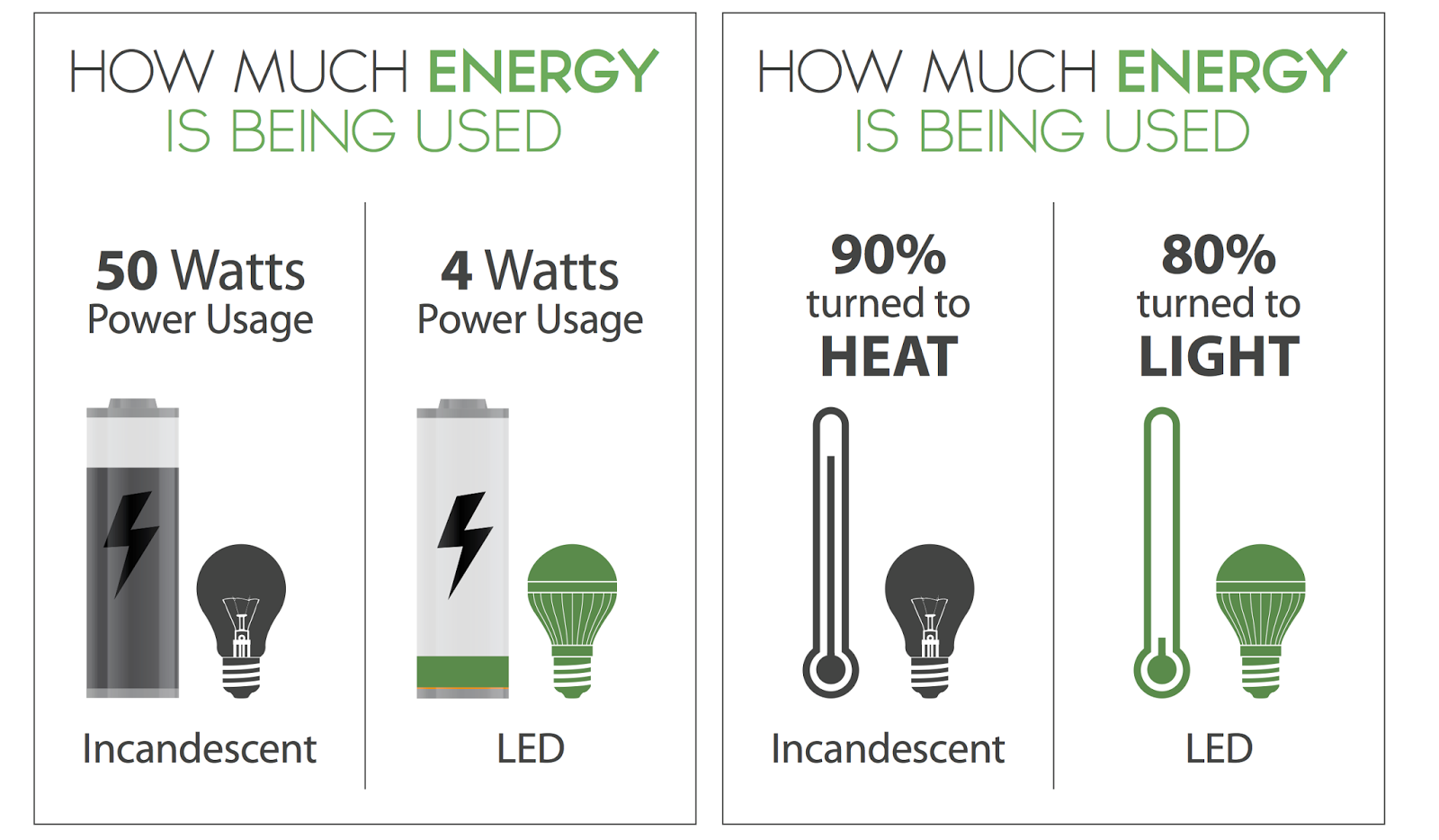mbrooke
Batteries Included
- Location
- United States
- Occupation
- Technician
Name a handful of LED products that you purchased or were available for purchase 18 months ago for which you can get aesthetically harmonious both in off and on state without disrupting the original specification requirements.
None, and that is actually a sign of progress. LEDs are evolving, and those made today will be phased out by ones that are even more efficient, cooler running and long lasting tomorrow. It won't be long until they start making LED oven bulbs that look identical to what your replacing.
:happyyes::happyyes::thumbsup:
Just got some of these for my home:

I can truly say that within a year or two we will have A19 bulbs that produce light indistinguishable from an incandescent even to the most discerning eye- and A21 LED bulbs that will cover 300 watt and 3 way lighting at a comparable cost. Everything thus far has just been a transition. And its a good thing thats happening:
http://dailycaller.com/2017/01/20/obama-outlaws-more-light-bulbs-on-his-way-out-the-door/
http://www.washingtonexaminer.com/w...-outlawed-your-three-way-bulb/article/2612397
Sneaky yes, but considering that bulb efficiency has gone from 1-2% to over 90% and climbing its not all to bad.


